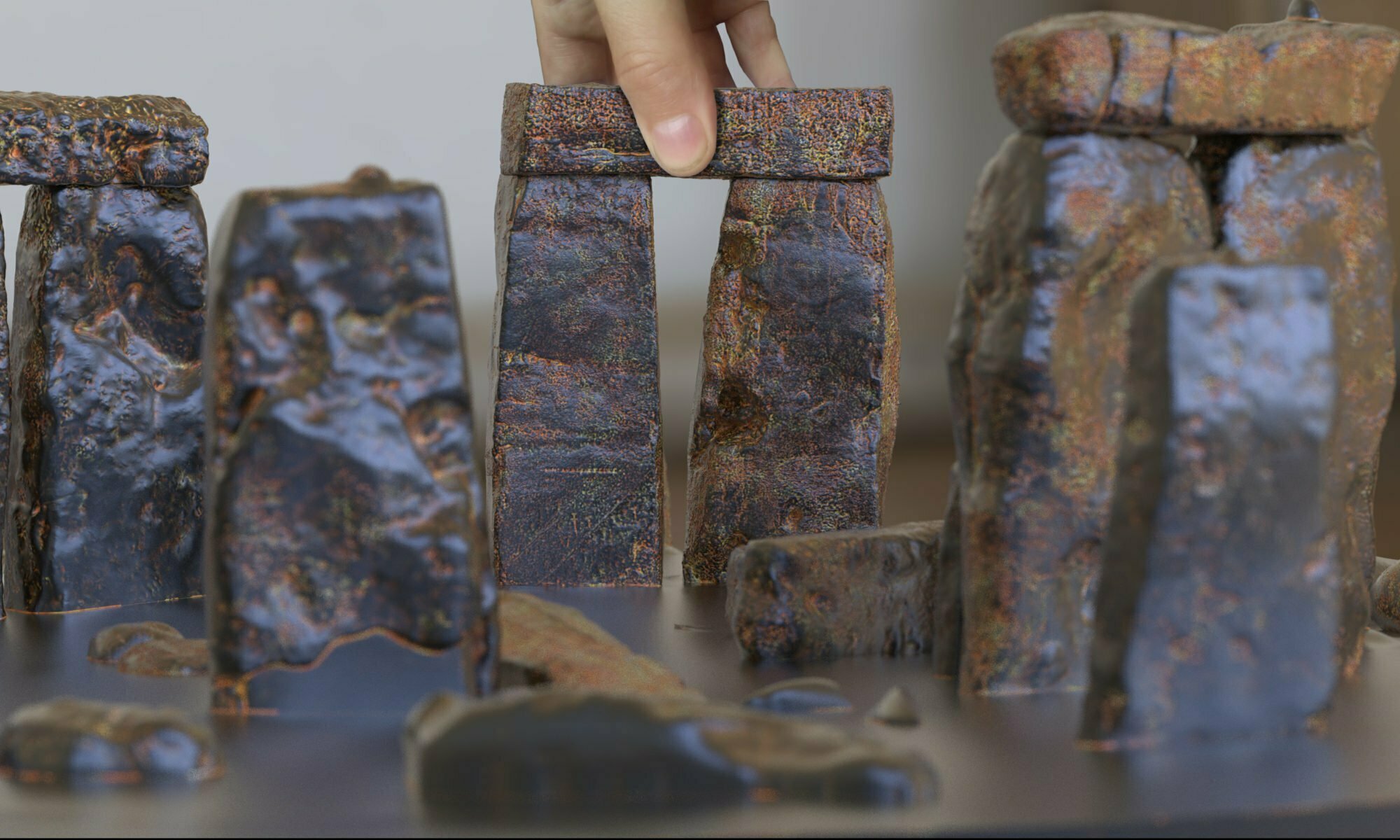There is a 100-year-old, neverending question of was it: Neolithic man or glaciers who moved the bluestones from West Wales to Wiltshire. They have mortise and tenon joints, so it seems they were placed in a similar way to the trilithons and the outer stone circle. So, that had to be somewhere. Was it 140 miles away, 1½ miles at The Cursus, or here at Stonehenge?
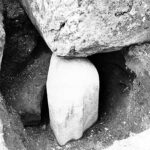

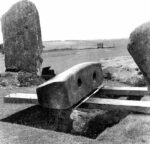
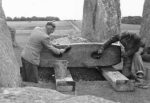
But, not all the bluestones are blue.1 One, in particular, the Altar Stone is a green sandstone. These bluestones come from all over the south of Wales.2 There is a unification theory, that Neolithic man, got it all together and brought these bluestones as a sort of ‘bring-a-stone’ party.3
But four from here, one from there? So many bluestones are missing, some haven’t been sampled as they’re buried stumps… Rhyolites, spotted and unspotted dolerites, soft lava stones, unremarkable sandstones… At least 13 different sources. It’s too far fetched to me that Neolithic man would bring these stones as much as 140 miles.
There are stone circles all over the UK and Europe and many are older than Stonehenge, would all be unification sites? Do they all bring stones from far away? No, they use local stone.
To me, then, it’s far easier to believe that the bluestones were found locally to Stonehenge. An ice age dumping. Even several ice ages, dumping and re-dumping.
This is far more magical for Neolithic man. Seeing perhaps a jumble, or a scattering of rocks, in a valley, or across a hill, what explanation would he/she come up with? There are several old, old stories here, in Shropshire, to do with large rocks on hills, in the main to do with giants.
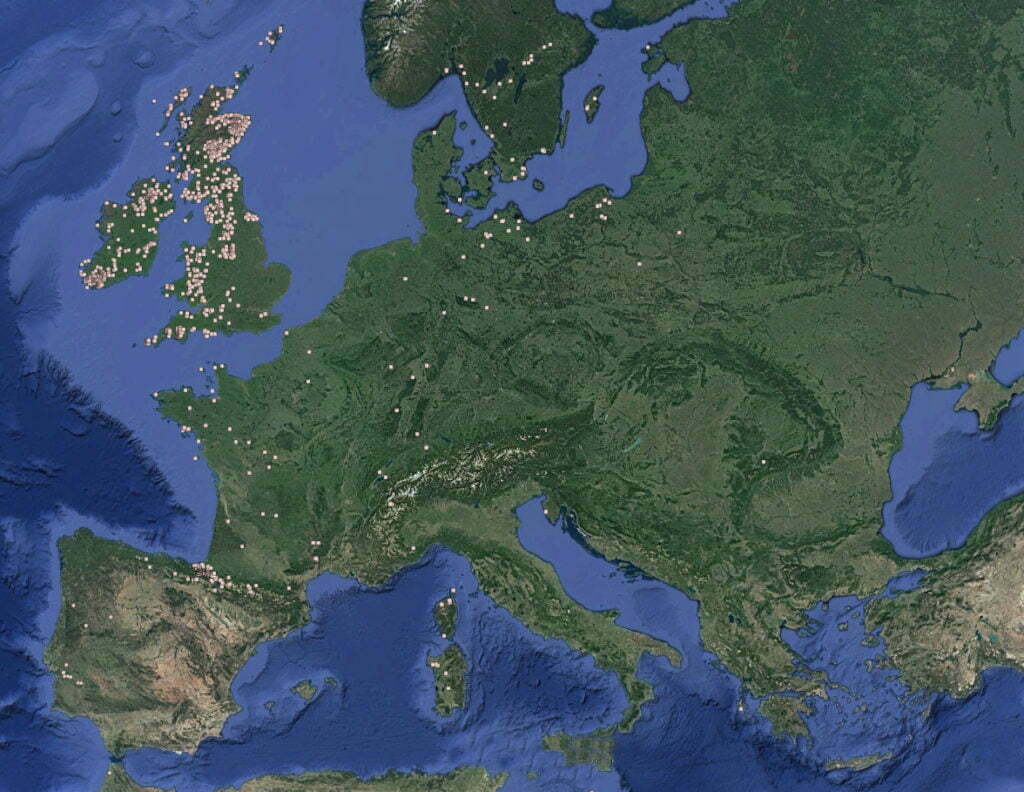
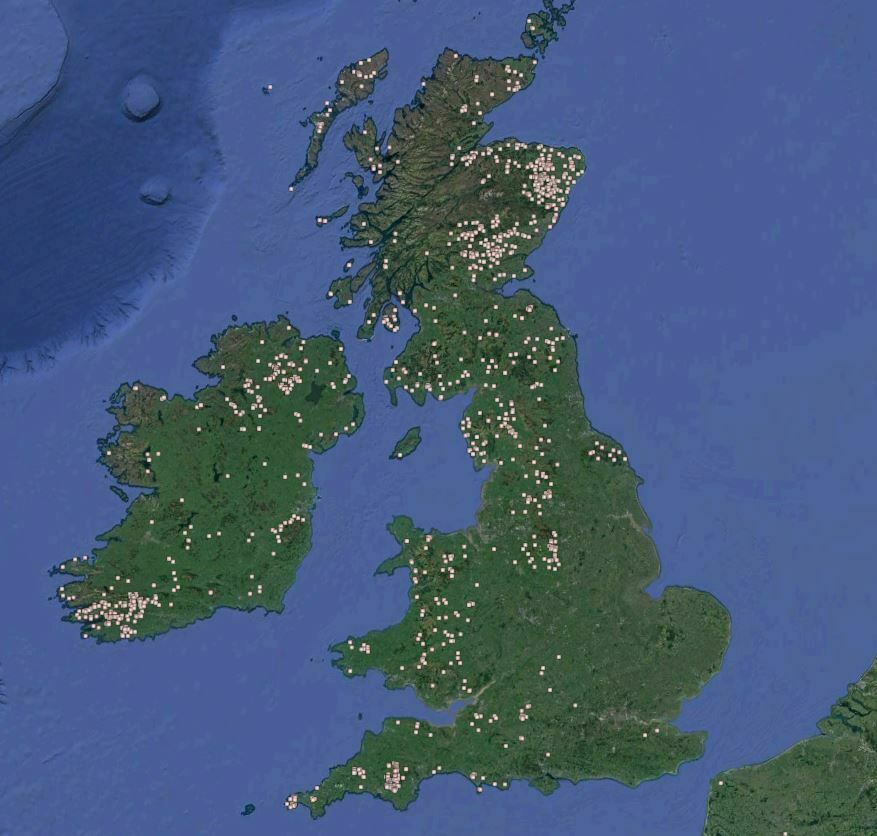
-
As a result, it is clear to me that the bluestones actually come from all over South Wales. They are a rag-bag mix of many rock types; there are dolerites from Preseli, rhyolites from the north Pembrokeshire coast, sandstones from the Senni Beds many miles from Preseli.
Even those stones that do originate in Preseli are from at least three different outcrops – Carn Ddafad las, Carn Breseb, and either Carn Menyn or the geochemically similar Carn Goedog. It is by no means certain that any of them came from Carn Menyn itself.
Dr. Olwen Williams-Thorpe, an archaeological scientist
-
[The Lower Old Red Sandstone Senni Beds] crop out in South Wales from west of Kidwelly to the Welsh Marches and include widespread outcrops in the back Mountains of Powys, Gwent and Hereford and Worcester.
A detailed re-examination of the petrography of the Altar Stone and other non-sarsen sandstone from Stonehenge as a guide to their provenance.
Rob A. Ixer. Dept. of Geology, University of Leicester
Peter Turner. School of Earth Sciences, University of Birmingham -
This fantastic feat … must illustrate a degree of political unification or a sacred peace …
V G Childe (1957). The Dawn of European Civilization. London: Routledge & Kegan Paul. Sixth
